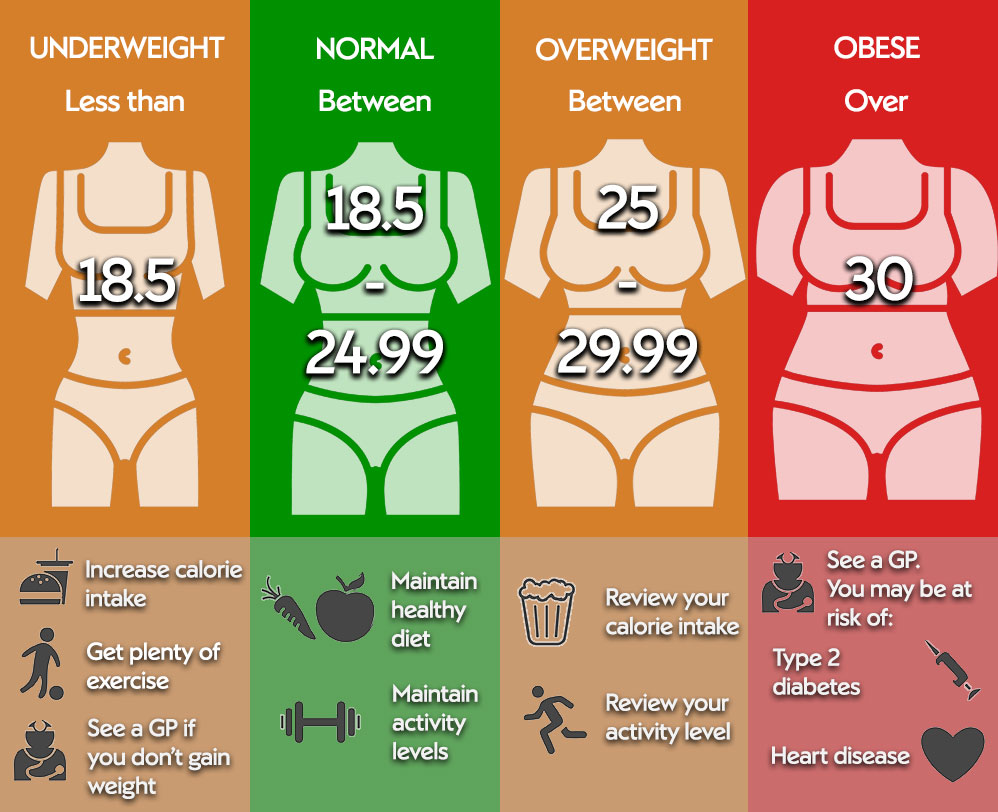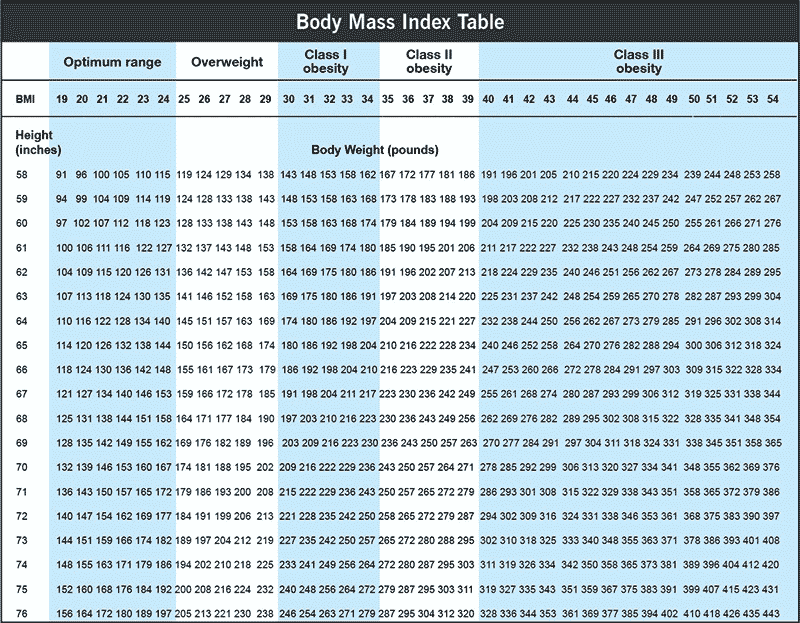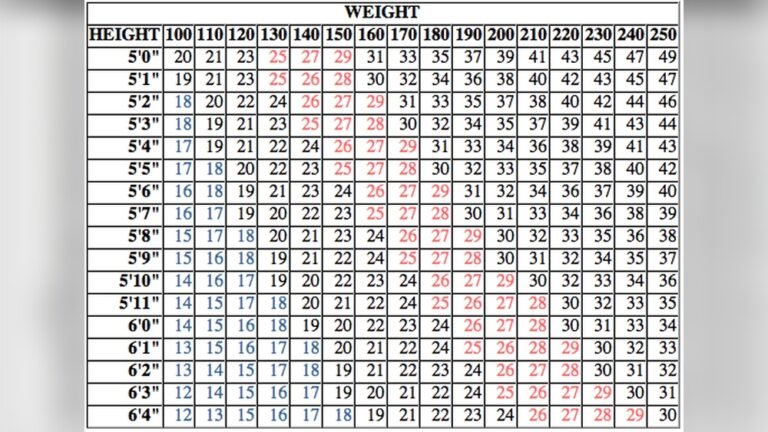Are you curious about what your BMI means for your health? Calculating your BMI as a female is a simple yet powerful step to understanding your body better.
By knowing your Body Mass Index, you can get a clearer picture of whether your weight is in a healthy range. This insight can guide you to make smarter choices about your diet, exercise, and overall wellness. You’ll discover easy formulas to calculate your BMI, understand what the numbers really mean, and learn what actions you can take next.
Ready to take control of your health? Let’s dive in and find out how to calculate your BMI as a female—and what it means for you.

Credit: www.calculatorsoup.com
Bmi Basics For Women
Body Mass Index (BMI) is a simple way to assess body weight relative to height. It helps women understand if their weight falls within a healthy range. BMI is easy to calculate and widely used by healthcare providers.
Knowing your BMI can guide decisions about diet, exercise, and health risks. It is important to know what BMI means and its limits, especially for women.
What Bmi Indicates
BMI shows if a person is underweight, normal weight, overweight, or obese. It uses a formula based on weight and height. For adult women, these categories help identify health risks linked to body weight. A healthy BMI range usually falls between 18.5 and 24.9.
Gender And Bmi
BMI does not change based on gender. The same BMI categories apply to both women and men. However, body fat distribution and muscle mass differ between genders. Women tend to have more body fat, so BMI alone may not fully reflect health for women.
Limitations Of Bmi
BMI does not measure body fat directly. It cannot distinguish between muscle and fat. Athletes or very muscular women might have a high BMI but low body fat. BMI also does not consider age, bone density, or ethnic differences. Use BMI as a general guide, not a perfect health measure.

Credit: www.nuffieldhealth.com
Metric Bmi Calculation
Metric BMI calculation uses kilograms and meters to find body mass index. This method is common worldwide and easy to follow. It helps understand if weight is healthy for height. The formula is simple and gives quick results.
Formula In Kilograms And Meters
The BMI formula in metric units is:
Weight is measured in kilograms. Height is measured in meters. Height must be squared before dividing weight by it. This formula applies to both females and males equally.
Step-by-step Example
Take a female who weighs 60 kilograms and is 1.65 meters tall.
- Square the height: 1.65 × 1.65 = 2.7225
- Divide weight by squared height: 60 ÷ 2.7225 = 22.04
- The BMI is 22.04, which falls in the normal weight range.
This simple calculation helps women track their health status. Use a calculator or do it by hand for quick results.
Us Customary Bmi Calculation
Calculating BMI using US customary units helps many women in the United States assess their health easily. This method uses pounds for weight and inches for height. The calculation provides a number that shows if a person is underweight, normal weight, overweight, or obese. It is a quick and simple way to check body mass index without converting units.
Formula In Pounds And Inches
The BMI formula for US customary units is:
BMI = (weight in pounds × 703) ÷ (height in inches × height in inches)
The number 703 is a conversion factor to adjust the formula from metric to US customary units. This formula works the same for females and males.
Step-by-step Example
Suppose a woman weighs 160 pounds and is 65 inches tall.
- Multiply weight by 703: 160 × 703 = 112,480
- Square the height: 65 × 65 = 4,225
- Divide the first result by the squared height: 112,480 ÷ 4,225 ≈ 26.6
The BMI is approximately 26.6, which falls into the overweight category.
Interpreting Bmi Results
Interpreting your BMI results helps you understand your body weight in relation to your height. It offers a quick check to see if you fall within a healthy range. Keep in mind, BMI is a general guide and does not measure body fat directly. It is important to consider other health factors and consult a healthcare provider for personalized advice.
Adult Bmi Categories
Adults use standard BMI ranges to assess weight status. A BMI under 18.5 means underweight. A BMI from 18.5 to 24.9 is normal weight. A BMI between 25 and 29.9 indicates overweight. A BMI of 30 or more signals obesity. These categories apply to both men and women. They help identify potential health risks linked to body weight.
Bmi For Different Age Groups
BMI interpretation varies by age. For children and teens, BMI is compared with others of the same age and sex. This comparison uses growth charts to show percentiles. A high or low BMI percentile may suggest weight concerns. Older adults may have different BMI ranges due to changes in body composition. Age-specific charts provide more accurate assessments for these groups.
Measuring Techniques
Measuring techniques for calculating BMI in females help provide a clearer picture of health. These methods go beyond basic height and weight measurements. They assess fat distribution and body composition. This information is useful for understanding risk factors related to weight.
Waist Circumference
Waist circumference measures the distance around the narrowest part of the waist. It shows how much fat is stored around the belly. This fat type is linked to higher health risks. To measure, wrap a tape measure around the waist, just above the hips. Keep the tape snug but not tight. Record the measurement after a normal breath out. Healthy waist sizes vary, but a smaller measurement usually means lower risk.
Skinfold Thickness
Skinfold thickness uses calipers to pinch and measure fat under the skin. Common sites include the back of the arm, abdomen, and thigh. This technique estimates total body fat percentage. It requires a trained person for accurate results. Measurements are taken in millimeters. Multiple sites are checked for a better average. This method helps show fat distribution and changes over time.

Credit: my.clevelandclinic.org
Next Steps After Calculation
After calculating your BMI as a female, the next steps help you understand your health better. BMI is a useful tool but does not show the whole picture. Taking action based on your BMI result can guide you toward a healthier lifestyle. It is important to consider other health factors beyond BMI.
Consulting Healthcare Providers
Talk to a doctor or healthcare provider about your BMI result. They can explain what it means for your health. Your provider may check other factors like muscle mass or body fat. This helps create a full view of your health. Professional advice can guide you on safe and effective steps to take. Regular check-ups are important to track your progress and adjust plans.
Lifestyle And Weight Management Tips
Focus on simple lifestyle changes to improve your health. Eating balanced meals with fruits, vegetables, and whole grains supports weight management. Drinking enough water and limiting sugary drinks helps control calories. Adding regular physical activity, like walking or cycling, boosts fitness. Small changes can make a big difference over time. Set realistic goals and track your progress for better results.
Conclusion
Calculating your BMI as a female helps you understand your body weight better. Use the simple formula with your height and weight to find your BMI. Remember, BMI is a basic guide and does not measure muscle or fat directly.
Check the BMI categories to see where your number fits. Talk to a healthcare professional for personalized health advice. Keep track of your BMI regularly to support your wellness journey. Small changes in lifestyle can make a big difference over time.
Stay informed and take steps that work best for you.



